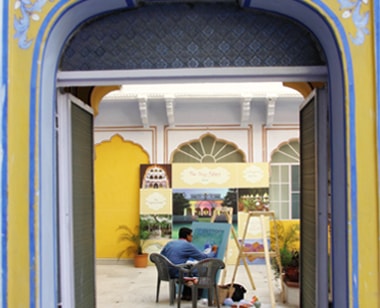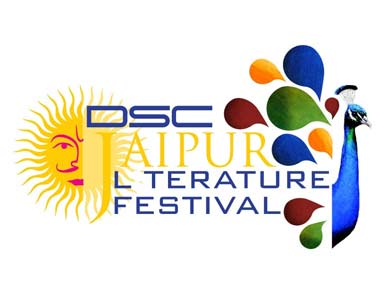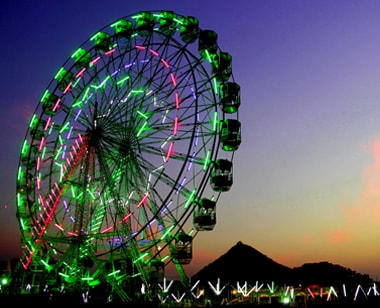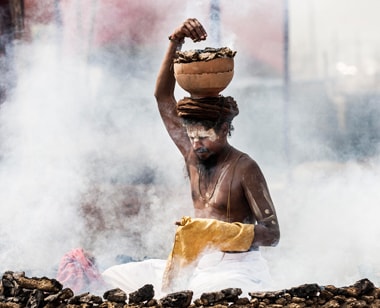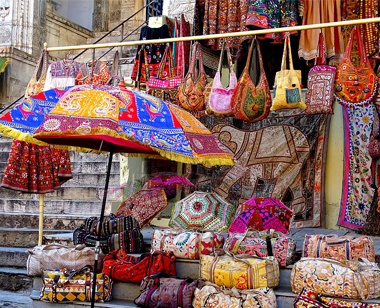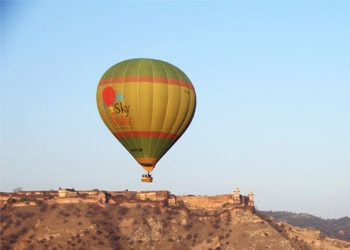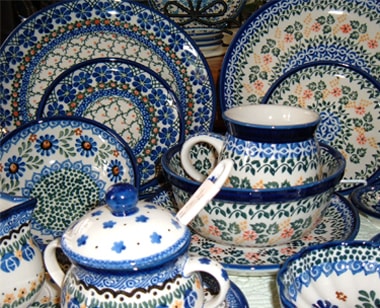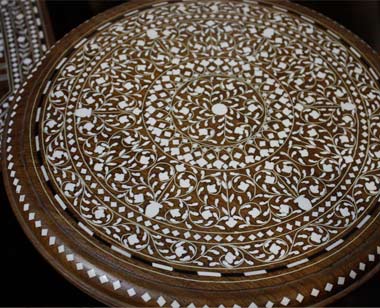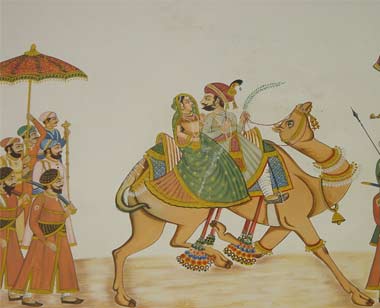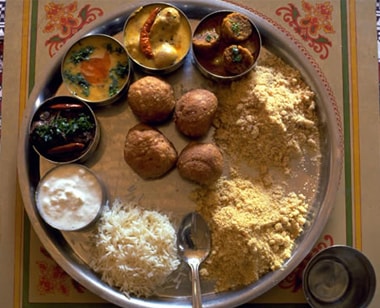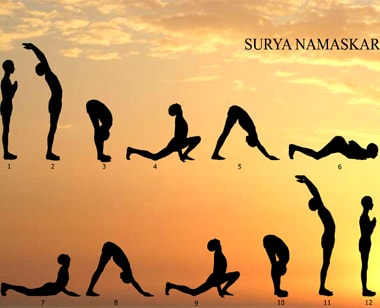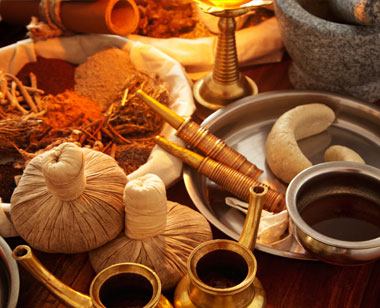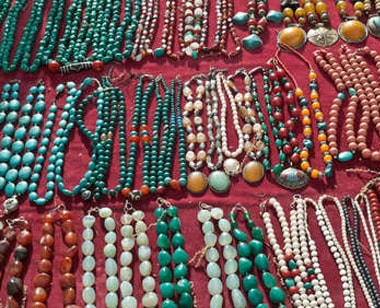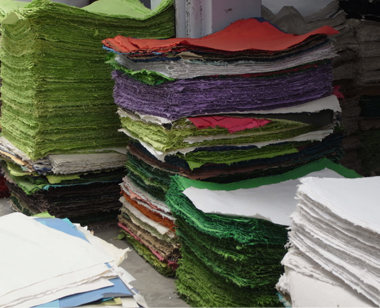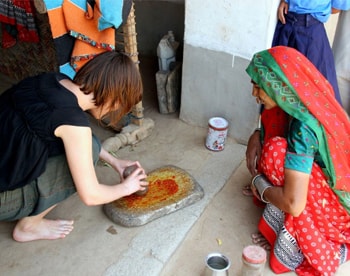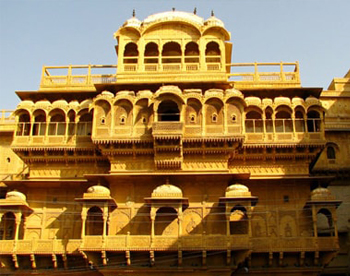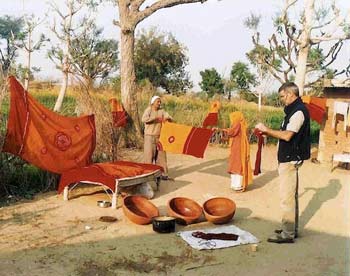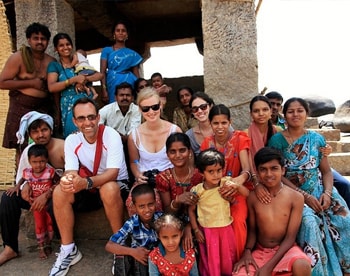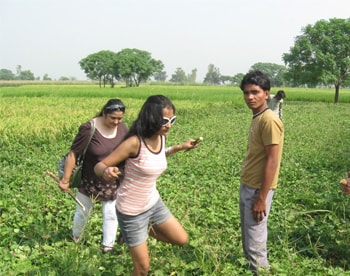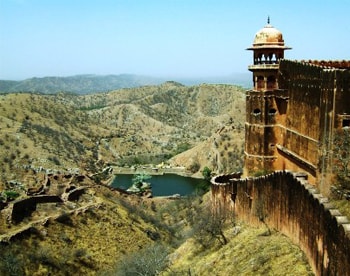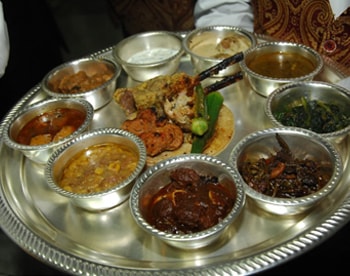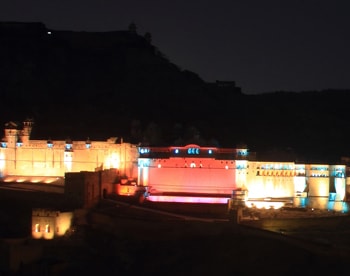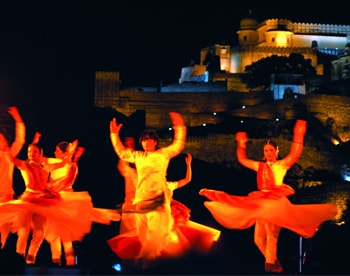Area: 1,483 sq km
Latitudinal parallel: 28.3oN
Longitudinal meridian: 77.13oE
Altitude: 293 m above sea level
Population: 16.78million (Census 2011)
Average Temperature: 45oC (Max) – usually in May – Jun, 5oC (Min) – usually in Dec – Jan
A city which traces its history to Mahabharata, the great epic tale of wars fought between estranged cousins , the Kauravas and the Pandavas for the city of Indraprastha.
Mughals ruled Delhi in succession starting from Qutab-ub-din to Khiljis, Tughlaqs . The city of Delhi passed on to the hands of the British in 1803 AD. It was only in 1911, when the capital of British empire was shifted from Calcutta to Delhi, that Delhi got its present prestige. After independence also, a kind of autonomy was conferred on the capital but it largely remained a chief commissioners regime. In 1956 Delhi was converted into a Union territory and gradually the chief commissioner was replaced by a Lt. Governor. In 1991, the national capital territory Act was passed by the parliament and a system of diarchy was introduced under which, the elected Government was given wide powers; except law and order which remained with the central Government. The actual enforcement of the legislation came in 1993.
The Red Fort
THE RED FORTmore popularly known as The Lal Quila (Lal ie.red and Quila ie.fort), stands strong on the banks of the river Yamunaas an irregular octagon. It is surrounded by a wall of about 2.4Kilometers in circumferance and is built of Red Sandstone. The Mughalking Shah Jahan (popular for building the Taj Mahal of Agra)transferred his capital from Agra to Delhi and the fort was completedin 1648, nine years after the king shifted to this city. The fort hastwo main entrances, the Delhi Gate and the Lahori Gate which faces thefamed Chandni Chowk market. .
Puarana Qila
It is believed that the Pandavas had built their capital, Indraprastha at the place where the old fort stands today. This fort, now in ruins, was the seat for administration for many emperors. The legendary Prithviraj Chauhan ruled from here till he was defeated by Abdali in the battle of Panipat. A new light & sound show is held by the Department of Delhi Tourism every evening. Timings and Tickets are available from the tourist office.
Qutab Minar
It was built by a muslim king,Qutub – ud – din in 1199 A.D. and a part of which he could not finish was completed by Itutmish, another muslim king. It is situated in the southern part of the capital. The height of the tower is about 72.5 meter high and there is a mosque at its base. In front the Qutub Minar there is an iron pillar which is believed that it was built in 5th century. The uniqueness part of the pillar is that it has not caught rust ever since it was built. Due to some precaution the Tourists are not allowed to climb the Qutub Minar i.e. to the tower.
India Gate
INDIA GATE primarily a memorial to the unknown soldier was Designed by Lutyens. The 42 metre high structure is a war memorial in honour of the soldiers who died during the second world war. The imposing structure from where stretch massive lush green lawns has an eternal flame (Amar Jawan Jyoti) to honour the memory of the unknown soldiers. India Gate prominently located in the vicinity ofRastrapati Bhavan is a major crowd puller during the hot summer evenings of Delhi by virtue of its lush green lawns.
Bahai’s House Of Worship (LOTUS TEMPLE)
IT is Completed in 1986, the Bahai temple is set amidst pools and gardens, and adherents of any faith are free to visit the temple and pray or meditate silently according to their own religion. The structure is in lotus shape so it often called the lotus temple. The view of the temple is very spectacular just before dusk when the temple is flood lit.
Rashtrapati Bhavan
The house that houses the President of India and the house that boasts of having welcomed the most powerful men in history. The Rashtrapati Bhavan was designed by Edwin Lutyens and built in 1931, to be the central point of the British power in Delhi. Originally called the Viceroy’s House, the Rashtrapati Bhavan covers an area of 4.5 acres of land. It has 340 rooms, 37 salons, 74 lobbies and loggias, 18 staircases and 37 fountains.
The most magnificent room in the Rashtrapati Bhavan is the Durbar Hall, which lies directly beneath the main dome. All important Indian State and Official ceremonies are held here. To the west, is the famous and beautifully landscaped Mughal Gardens, designed after the terraced gardens the Mughals built in Kashmir. The garden is famous as the ‘Butterfly Garden’ for the numerous butterflies that visit the varied flowers.The garden is open to the public in february.
Rajghat
The simple square platform of black marble on the banks of the riverYamuna marks the place where Mahatma Gandhi was cremated. His lastwords ‘ Hey Ram ‘ are inscribed on this platform which is surrounded bya serene garden.
Humayun’s Tomb
Built by the wife of Humayun, Haji Begum in the mid 16th century, this red sand stone structure is considered to be the predecessor of Taj Mahal. The structure is one of the best example of Mughal Architecture. Humayun’s wife is also buried in the red and white sandstone, black and yellow marble tomb. The entry in the complex is free on Fridays.
Parliament House
A marvellous piece of architecture where the bicameral legislature of India meets for its sessions. Lok sabha, the lower house and Rajya Sabha the upper house. Close to Rashtrapathi Bhavan, is a domed almost circular structure almost a kilometer in circumferance, and was designed by the famed architect Lutyens. It is the seat of the Indian Parliament and during the sessions of Parliament there is a flurry of activity in and around the structure.
Jamma Masjid
One of the Architectural gift given by Shah Jahan, Jama Masjid is one of the largest mosques not only in Delhi but in India. Completed in 1658 this Mosque has three gateways, Four angle towers and two 40 m high minarets. You can enter the mosque but take precaution to take off your shoes and make sure that you are properly dressed before entering. One can also go to the top of minarets. From here you can have a birds eye view of Delhi.
Jantar Mantar
Set within the a garden of stately palms, it was built by Maharaja Jai Singh of Jaipur in 1719. He had been entrusted with the task of revising the calender and correcting the astronomical tables then in use. He made daily astral observation for seven years before embarking on these stone constructions. He discarded the usual instruments of brass and built these massive ones in masonry which are used to the movements of stars. This observatory, together with the one at Jaipur, are the finest examples anywhere of observatories modelled on the general pattren laid down by Ulugh Baigh of Samarkand in the 14th century. The observatory is conceived with perfect stability and is adjusted to the meridian and latitude of the location.
Safdarjung’s Tomb
The Safdarjung tomb is besides the of Safdarjung airport. This tomb was built by the Nawab of Avadh for his father. The structure is one of the finest example of architecture of its time and tells a saga of the last remnants of a dying empire.
 +919828167660, +919414075013
+919828167660, +919414075013

